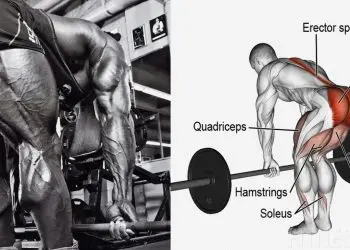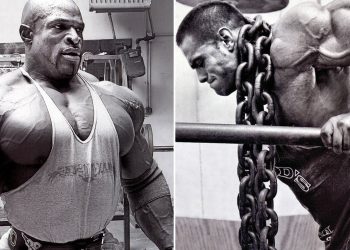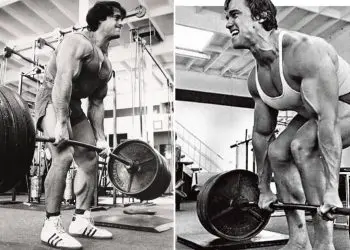The idea that squats will hurt your back gets perpetuated by those who perform squats incorrectly. Sometimes misinformed personal trainers are guilty of this as well. The fastest way a PT can raise their clients squat numbers, and take credit for it, is by lessening the depth that their clients squat. This is far from the best professional approach, but it definitely happens, as I’ve been a witness to this training technique numerous times.
A recent article posted on the Journal Sentinal Online titled ‘Squat lifts likely cause of stress fractures in young athletes’ claims that performing squats with good form puts the spine at risk of injury. The information they used is courtesy of a new study. The pars fracture is cited as the predominant injury risk is typically an overuse injury involving hyperextension of the spine, and the increase in “sacral slope”. This type of injury is actually an indication of hyperextension.
The goal in any squat should be to maintain a neutral spine. If there is hyperextension of the spine, then the squat is not being performed correctly. Furthermore, as the weight gets heavy in a squat, the challenge is to resist excessive spinal flexion, not willingly extend the spine. It’s much more common to observe a lifter who is rounding their back when squatting, even when lighter loads are being used. This error can easily be corrected by learning proper form and using a manageable resistance.
Other concerns focus on spinal compression in the squat, and again with the back squat usually being singled out. Some individuals will assert that placing a load on the back is an unnatural movement that should be avoided. The truth is, the human spine is very capable of handling compressive forces. The trick is to load the spine without creating excessive shear, which can be accomplished by keeping the torso as upright as possible, as well as by keeping the spine in neutral.
The ability to maintain an erect torso with a neutral spine will be the limiting factor in the squat for most people. This need not be interpreted as a reason to avoid the squat, though. It simply requires that more attention be given to proper form instead of the amount of weight being lifted. If squats hurt your back and you haven’t had a recent injury or chronic pain issue, then that is a clear indication that your mechanics are the issue, no the squat itself.
You can be sure that when you squat correctly, your chance of injury will be very, marginal. Properly supervised weight training has been shown to have an extremely low risk of injury. This may seem surprising or even hard to believe, especially if you’ve gotten hurt while lifting weights, but it makes sense if you understand that weight training can and should be performed in a much more controlled environment. The unpredictability inherent to many sports is not a factor in the weight room. Weight lifting injuries can be avoided almost all of the time.
Level Up Your Fitness: Join our 💪 strong community in Fitness Volt Newsletter. Get daily inspiration, expert-backed workouts, nutrition tips, the latest in strength sports, and the support you need to reach your goals. Subscribe for free!
There are two basic tips that will help you squat safely. The first is to squat with proper form, and that is pretty obvious. As basic a movement as it is, the squat can be a tricky movement to master, especially the back squat. An easy way to know if your form is good is if anything hurts when you squat or the movement feels awkward or imbalanced, those are good indications that you’re doing something wrong or using too much weight. And very importantly, if your lower back is rounding at the bottom of your squat, that is an issue that needs to be addressed before you start adding more weight. Take whatever time is necessary to learn proper form.
The second tip is to squat within your limits, adding resistance conservatively. This will allow your body to recover and adapt, a concept that is completely ignored when you read or hear about the supposed dangers of squatting. Amazingly, your body will adapt to the demands placed upon it, as long as you don’t exceed its current ability or its capacity for recovery. This is more often an issue with men, for whom it is tempting to add 100 pounds at a time to the bar in an attempt to force muscle gains, or simply to show off. Women on the othner hand, typically go in the opposite direction, hesitating to add much weight at all out of an irrational fear of getting big and bulky and losing their femininity, another myth that has no basis in reality. A good way to avoid this mentality is to approach each squatting session as an opportunity to practice the squat, rather than a chance to lift as heavily as you can.
Squats are a skill like any other movement, and many of us have been out of practice for a long time. It can be difficult to learn how to squat, and when they are believed to be dangerous, it provides an excuse for removing them from a training program.
As long as you’re willing to make the effort required to learn how to squat correctly and patiently allow your body to adapt, you’ll be rewarded by making consistent progress with minimal injury risk. This movement is the same as any other movement in the world of weigh training; if performed correctly, with an appropriate load, there will be minimal risks, and great rewards. Doing the opposite however, and it’s only a matter of time before you never squat again.
Happy Lifting!











